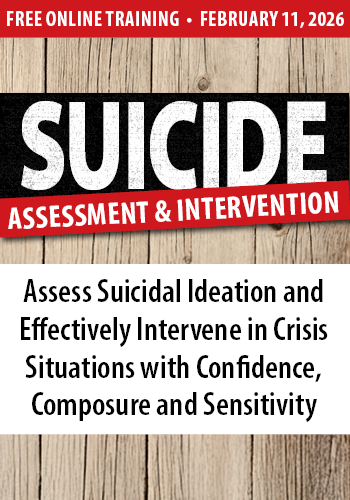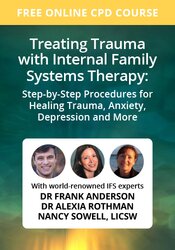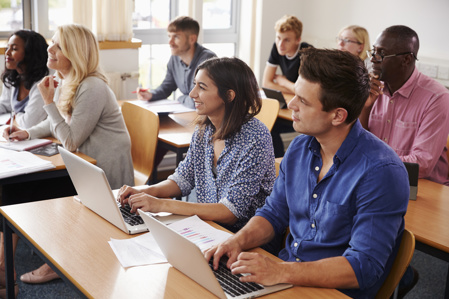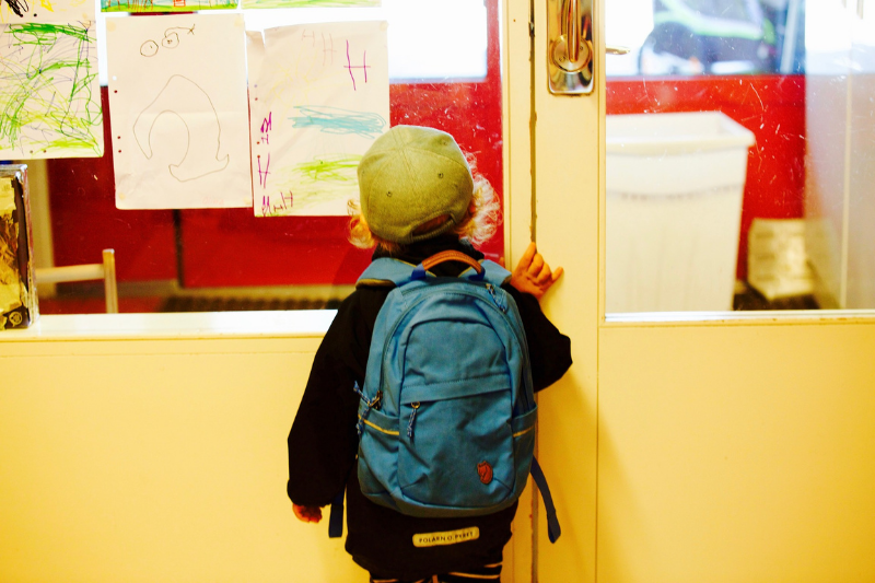Enrol in an online course today for flexible, self-paced learning—no fixed schedule required. Plus, enjoy lifetime access to course materials for convenient revisiting.
Supporting Anxious Schoolchildren: Essential Tools
After 18 months of disruption for schoolchildren, this September the classroom has returned to the centre of their day-to-day world.
Within my own work as a child and family psychotherapist in private practice, what seems to be affecting children most in the last few weeks is the sheer amount of everything going on. The end of bubbles means more children, more adults, more noise, more choice, more hustle and bustle and more separation of learning from the home environment.
For some, this normality is a hugely welcome resumption of familiar routines and systems that support their wellbeing. For others, it’s been nothing short of overwhelming. In several recent cases, I am seeing youngsters attempting to re-adapt to the expectations of their adults and finding these expectations tricky.
Isabella, a clever and popular nine-year-old, is just starting Year Five. She’s become anxious and panic-struck at the thought of going into assemblies, which haven’t been held since she was in Year Three. In her first week back, the reality of the event overwhelmed her and she experienced a frightening need to escape. She lost control of her breathing, her heart pounded in her chest, she was dizzy and felt sick. Isabella is now terrified she’s going to be sick, or someone else is, every time there’s an assembly.
As a Tavistock and Portman-trained psychodynamic therapist, I’m a strong advocate of allowing the therapeutic process to unfold and following the child’s lead, carefully paying attention to the details and making choices about what to metabolise, interpret and feed back. I use an individual toybox with each young person, allowing me insight into their own language patterns, constructs, internal working models and world view.
At the same time, I’m influenced by my neuroscience studies, which highlight how the brain and body combine to cause affective symptoms under stress. Time after time, I’ve seen how understanding why the brain-body does the things it does can be empowering for young and old alike. I believe sharing scientific psychoeducation is central to normalising the experience of anxiety, undoubtedly exacerbated by all the changes and uncertainties of this global pandemic, and giving our young people the (healthy) sense of self-control they need.
The relief children experience is palpable when I discuss with them how Bob (the name I give to the two amygdalae) misrepresent harmless hamsters as savage lions just because they both have fur, shiny eyes, sharp claws, and big teeth. I use this metaphor to help children identify and assess the reality of the worries they are dealing with. I teach them how to breathe out for longer than they breathe in to keep Bob happy and calm, and how to retrain and regulate their imaginations and perspective.
I help children to remember and articulate times when they have overcome difficulties in the past. I then guide them to generalise from these experiences, so that they can identify the skills and techniques they have successfully used previously, and the ways of thinking they have developed in order to feel and be resilient. We focus on patterns rather than content when we do this.
I also work with parents to identify and arrange suitable adjustments at school that will help the young person in their transition from anxious and frightened to settled and confident. I remind their adults that when we have difficulty in the world of work, a period of ‘reasonable adjustment’ to gently steer us back to normality is usual. Sometimes this is overlooked for children but it’s an essential part of the recovery of mental wellbeing.
Isabella is now allowed to sit near her teacher in assembly, at the end of the line so she could ‘escape’ if she needed to, reducing the likelihood of her having to do so. And she can breathe to stay in control of her brain-body and regulate her responses, offering her the best chance of returning to homeostasis and comfort – all essential tools in an uncertain world.


















